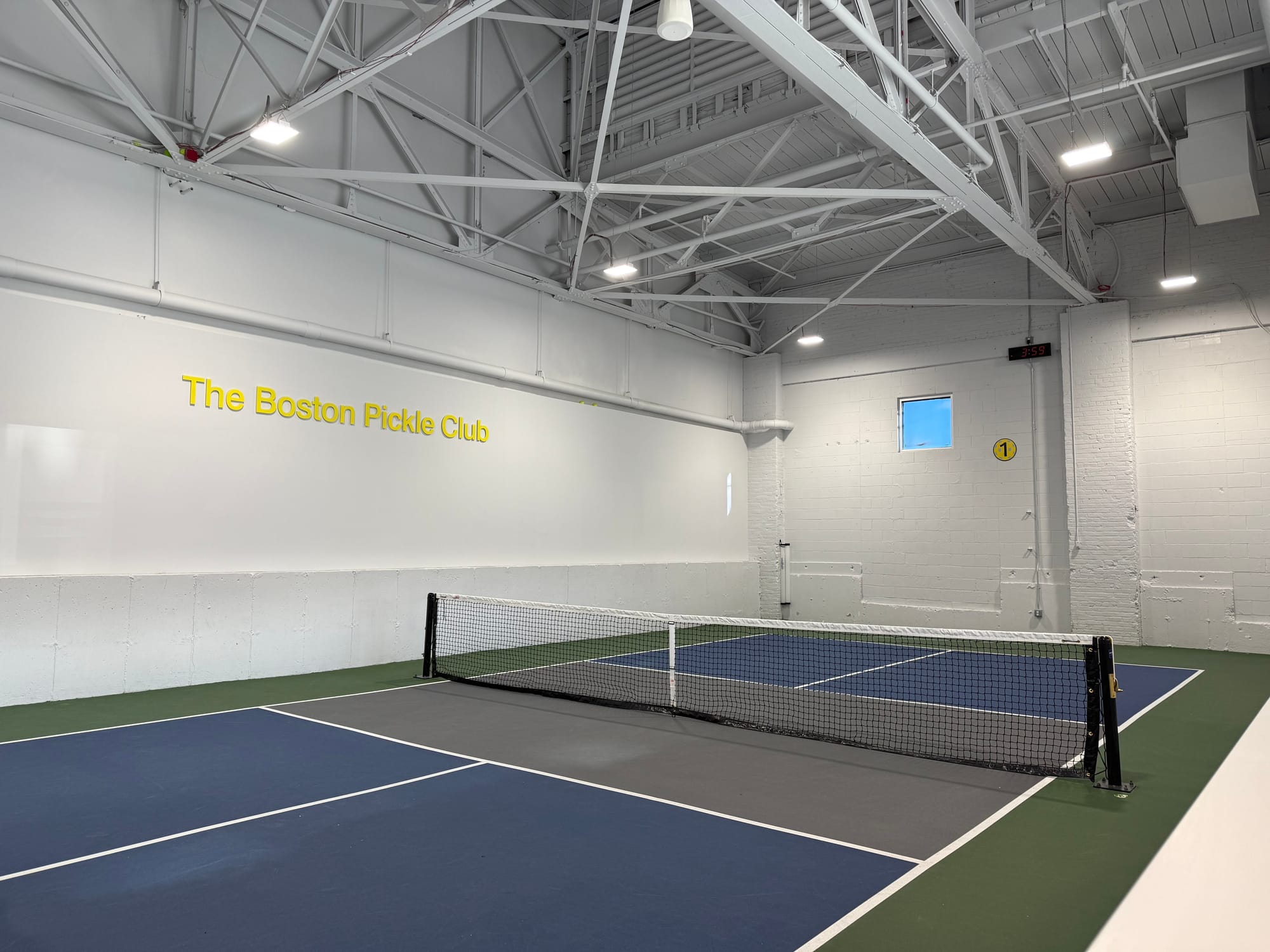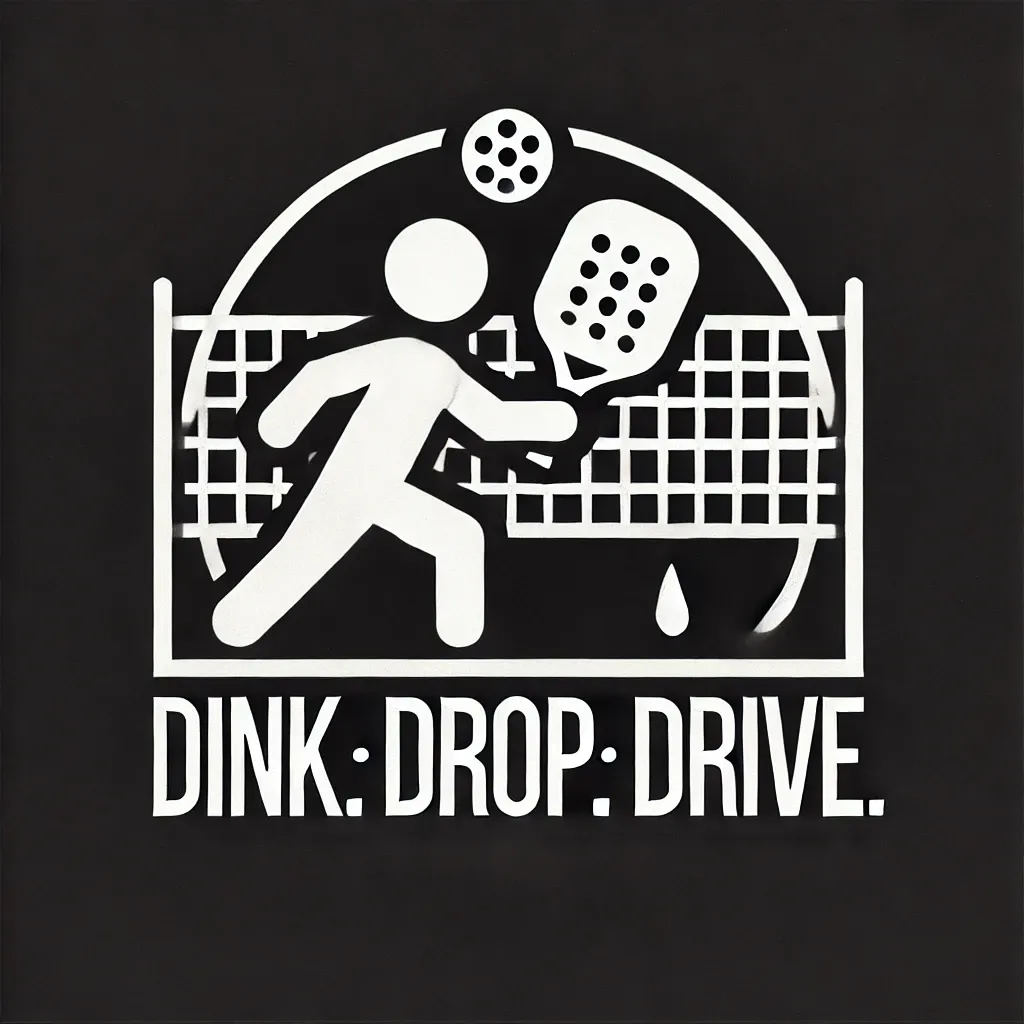Road to 4.0: My Pickleball Journey from Intermediate to Advanced

Introduction
My name is Alexander, and I have been playing pickleball in the Upper Valley, VT/NH area for about five years. While I've always enjoyed the game, I recently decided to take it more seriously. I love the sport and want to contribute to its growth through coaching and blogging. To enhance my skills and gain competitive experience, I entered my first tournament as a 3.5-rated player.
According to the USA Pickleball rating system, a 3.5 player can handle moderately paced shots from all court areas, understands strategy, and is beginning to mix soft dinks with hard drives. The key difference between intermediate and advanced players is consistency and the ability to transition smoothly between different play styles. My goal for this tournament was not just to win but to learn what I needed to improve to reach the 4.0 level.

Signing Up for a Tournament
One of the first lessons I learned is that it's best to find a partner before signing up. While some tournaments offer a partner-matching system, having a reliable teammate in advance helps with chemistry and preparation. I registered online at pickleballtournaments.com for a tournament hosted by the Boston Pickle Club, located at 91 Sprague Street, Hyde Park, MA.
Tournament Format & Time Commitment
This tournament used a round-robin format, guaranteeing at least six games, which is great for maximizing playtime and experience. However, I quickly realized that tournaments require a significant time commitment—expect to spend an entire day at the event. The schedule can be long, from check-in to final matches, so be prepared with snacks, hydration, and plenty of energy.
Key Takeaways from My First Tournament
The Importance of Cross-Court Dinks
One of the most significant adjustments I had to make was focusing on cross-court dinks instead of aggressive, down-the-line shots. In high-level play, precision and patience often beat power. By targeting cross-court, I kept my opponent moving and avoided setting them up for easy counters.
Backhand Weakness Gets Exposed
Tournament play quickly revealed my backhand as a weakness. Opponents consistently targeted it, and I struggled to return shots effectively. To advance to 4.0, I need to strengthen my backhand, both for volleys and groundstrokes.
Deep Serves Matter in Singles
While doubles emphasize dinking and placement, singles require deeper serves to push opponents back and gain control of the point. A short serve in singles puts you at a significant disadvantage.
Use Your Timeouts!
A key piece of strategy I overlooked was calling timeouts when needed. Taking a break to reset, strategize, and stop an opponent's momentum is crucial. Next time, I'll be more intentional about using timeouts to my advantage.
Tournaments Are Expensive—Start Local
Tournament fees, travel costs, and potential lodging make competitions an investment. A tournament director advised me to start with local events before committing to larger, out-of-town competitions. This allows players to gain experience without spending too much too soon.
Communication with Your Partner is Key
In doubles, assertive communication can make or break a team. Coordinating shot selection, positioning, and strategy with your partner helps avoid unforced errors and improves overall gameplay.
Final Thoughts
My first tournament was an incredible learning experience. While I didn't win it all, I walked away with valuable insights that will help me improve as a player. I aim to refine my consistency, backhand, and strategic play to reach the 4.0 level.
If you're considering entering a pickleball tournament, I highly recommend it—but go in with the mindset to learn and grow, not just to win. Stay tuned as I continue my Road to 4.0, sharing tips, strategies, and experiences along the way!
